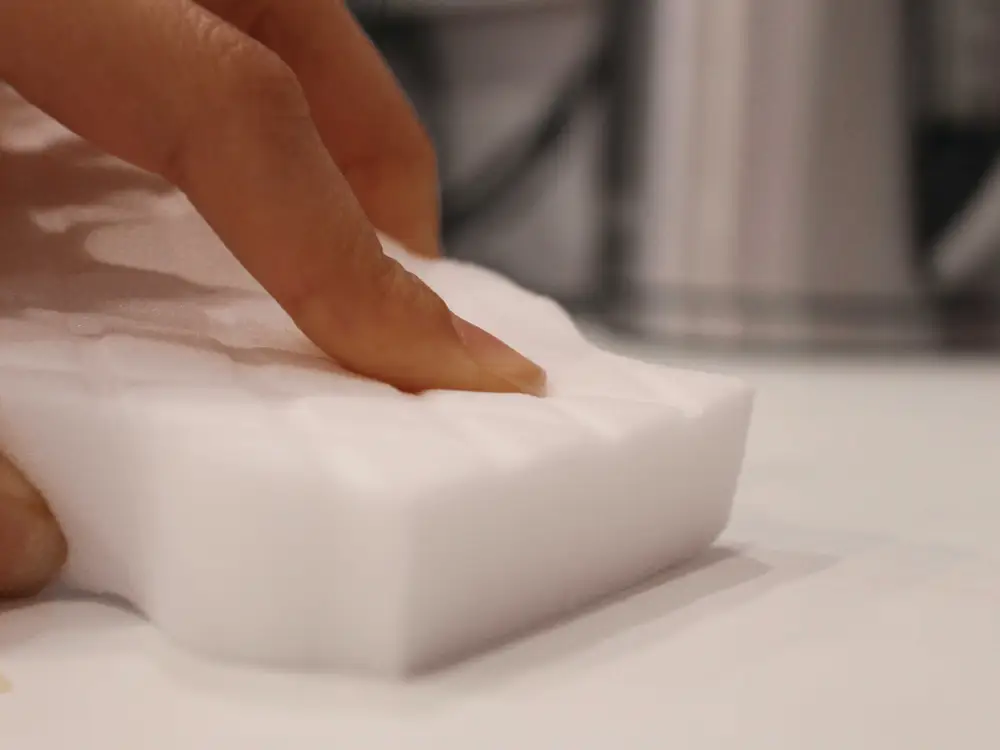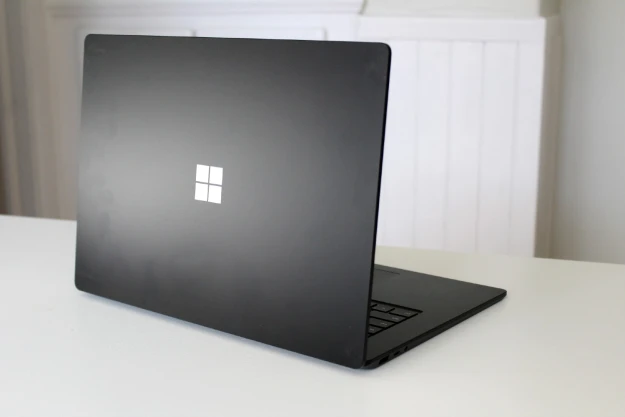Traditional analog thermostats are becoming a thing of the past. With the rise of smart home technology, digital thermostats are becoming increasingly popular. Digital thermostats offer many benefits over analog thermostats, including Precision temperature control, Programmable settings, Remote access, and other additional features.
If you’re considering converting your heater thermostat to digital, there are a few things you need to know.
Table of contents
- What is a smart thermostat?
- Why Analog Thermostat Is Bad?
- How to convert a heater thermostat to digital
- Are digital thermostats better than analog ones?
- How to Replace the Analog Thermostat with a Digital?
- Why Is Your Analog Thermostat Not Getting Power?
- How To Know If Your Digital Thermostat is Broken?
- How Do You Know if You Need to Replace Thermostat?
- Can I replace a thermostat myself?
- Can Thermostat Wires Shock You?
- Conclusion
- FAQs
- References
- Recommendations
What is a smart thermostat?
A smart thermostat is a type of digital thermostat that uses Wi-Fi or Bluetooth to connect to the internet. This allows you to control the thermostat from your smartphone or tablet, and to receive real-time updates on your home’s temperature and humidity.
Smart thermostats can also learn your habits and preferences over time, and automatically adjust the temperature to save you energy.
Why Analog Thermostat Is Bad?
There are a few reasons why analog thermostats are no longer the best option for your home:
Inaccuracy: Analog thermostats are not very accurate, and can control the temperature in your home to within three to five degrees Fahrenheit.
Inconvenience: Analog thermostats have to be manually adjusted, which can be inconvenient if you’re not home.
Inefficiency: Analog thermostats can waste energy by not automatically adjusting the temperature when you’re not home or when you’re asleep.
Related Post: Top 30 inspirational commercials that sold out their products
How to convert a heater thermostat to digital
Converting your heater thermostat to digital is a relatively straightforward process. Here are the steps:
Turn off the power to the thermostat. This can usually be done by turning off the circuit breaker to the thermostat.
Remove the faceplate from the thermostat. This is usually held on by screws or clips.
Label the wires. This is important so that you don’t hook them up incorrectly when you install the new thermostat.
Detach the wires from the old thermostat. There will usually be three wires: a red wire, a white wire, and a common wire.
Attach the wires to the new thermostat. The wires will usually be labeled on the thermostat, so you should be able to match them up with the wires from the old thermostat.
Mount the new thermostat to the wall. This is usually done using screws or anchors.
Turn on the power to the thermostat.
Program the thermostat. This will involve setting the temperature, time, and other options.
Once you have converted your heater thermostat to digital, you should be able to enjoy the many benefits that digital thermostats offer.
Are digital thermostats better than analog ones?
Digital thermostats offer several advantages over analog thermostats, including:
Precision: Digital thermostats can control temperature more precisely than analog thermostats, which can help you save energy and money.
Programmability: Many digital thermostats can be programmed to adjust the temperature automatically at different times of the day or week, which can further reduce your energy consumption.
Additional features: Digital thermostats often have additional features, such as humidity control, zoning, and remote control, which can make your home more comfortable and convenient.
Related Post: How Sump Pumps Work | Full Guide and Details
How to Replace the Analog Thermostat with a Digital?
Turn off the power to the thermostat: Before you begin, make sure you turn off the power to the thermostat at the circuit breaker panel. This will help prevent electrical shock.
Remove the old thermostat: Carefully remove the cover of the old thermostat. Then, unscrew the thermostat from the wall.
Label the wires: Before you disconnect the wires from the old thermostat, label them so you know which wire goes to which terminal on the new thermostat.
Connect the wires to the new thermostat: Connect the wires to the corresponding terminals on the new thermostat. Be sure to tighten the screws securely.
Mount the new thermostat to the wall: Mount the new thermostat to the wall using the screws that were provided with the thermostat.
Turn on the power to the thermostat: Once the new thermostat is mounted, turn on the power to the thermostat at the circuit breaker panel.
Why Is Your Analog Thermostat Not Getting Power?
There are a few reasons why your analog thermostat might not be getting power:
Dead batteries: If your thermostat is battery-powered, the batteries may be dead. Replace the batteries with new ones.
Blown fuse: If your thermostat is powered by a fuse, the fuse may have blown. Replace the fuse with a new one.
Tripped circuit breaker: If your thermostat is powered by a circuit breaker, the circuit breaker may have tripped. Reset the circuit breaker.
Loose wiring: The wiring that connects the thermostat to the power source may be loose. Tighten the screws on the wiring.
Faulty transformer: If your thermostat has a transformer, the transformer may be faulty. Replace the transformer.
If you have checked all of these things and your thermostat is still not getting power, you may need to call an electrician to help you troubleshoot the problem.
Related Post: How to Get Rust Off Stainless Steel
How To Know If Your Digital Thermostat is Broken?
There are a few signs that your digital thermostat may be broken. Here are some of the most common:
The thermostat is unresponsive. If you try to adjust the temperature or change the mode, and the thermostat doesn’t respond, it may be broken.
The display is blank or garbled. If the display on your thermostat is blank or garbled, it may be a sign that the internal components are failing.
The temperature is inaccurate. If the temperature displayed on your thermostat is consistently different from the actual temperature in your home, it may be broken.
The HVAC system runs constantly. If your air conditioner or furnace runs constantly, even when the desired temperature has been reached, it may be a sign that the thermostat is not sending the correct signals to the system.
The HVAC system short-cycles. Short-cycling is when the HVAC system turns on and off repeatedly in a short period of time. This can be a sign that the thermostat is not properly controlling the system.
If you are experiencing any of these problems, it is a good idea to have your thermostat replaced by a qualified HVAC technician. Replacing a thermostat is a relatively simple job, but it is important to make sure that it is done correctly so that your HVAC system is working properly.
Related Post: Wake Robin: All You Need To Know About The Plants
How Do You Know if You Need to Replace Thermostat?
The thermostat is old. Most thermostats have a lifespan of about 10 years. If your thermostat is older than that, it may be time to replace it, even if it is still working properly.
You want to upgrade to a smart thermostat. Smart thermostats can be more energy-efficient and convenient than traditional thermostats. They can also be controlled from your smartphone or tablet.
You are concerned about the health of your HVAC system. A properly functioning thermostat is essential for the health of your HVAC system. If your thermostat is broken, it could be causing problems for your HVAC system that could lead to expensive repairs in the future.
If you are still not sure whether or not you need to replace your thermostat, it is always a good idea to have it checked out by a qualified HVAC technician. They can diagnose the problem and let you know if your thermostat needs to be replaced.
Can I replace a thermostat myself?
Yes, you can replace a thermostat yourself if you have some basic electrical knowledge and tools. However, if you are not comfortable with electrical work, it is always best to consult with a qualified electrician.
Can Thermostat Wires Shock You?
Yes, thermostat wires can shock you if you are not careful. Always turn off the power to the thermostat before working on it. You can do this by turning off the circuit breaker or fuse that controls the thermostat.
Related Post: How to Clean a DVD | Full Guide
Conclusion
Converting a heater thermostat to digital is a relatively straightforward process that can be completed with a few basic tools and materials.
However, it is important to note that working with electrical wiring can be hazardous, so it is always best to consult with a qualified electrician if you are not comfortable with electrical work.
FAQs
An analog thermostat uses a bimetallic coil to sense the temperature.
A digital thermostat uses a sensor to measure the temperature.
Digital thermostats are more accurate than analog thermostats. They can also be programmed to automatically adjust the temperature throughout the day, which can save you money on your energy bills.
between $50 and $200
References
- systoncable.com/how-to-replace-analog-thermostat-with-digital/
- home.howstuffworks.com/how-to-convert-heater-thermostat-to-digital
- cadet.glendimplexamericas.com/wi-fi-thermostat-cadet-heater
- consumerreports.org/how-to-install-a-smart-thermostat





